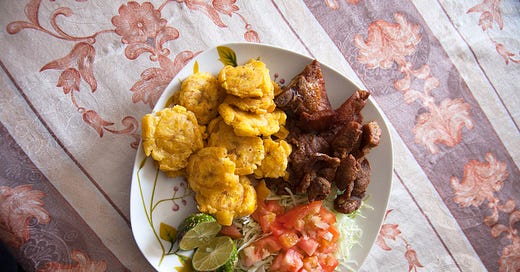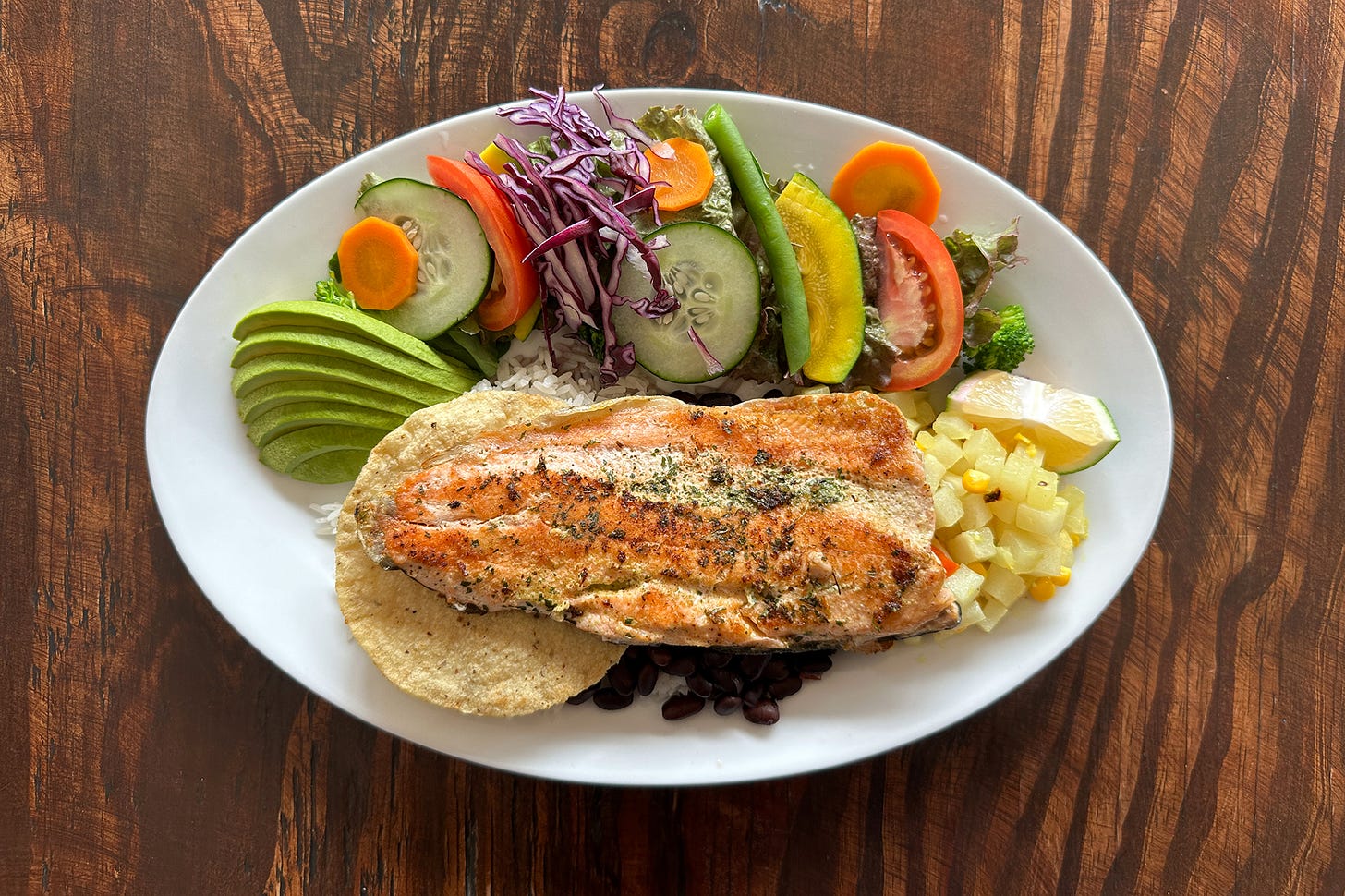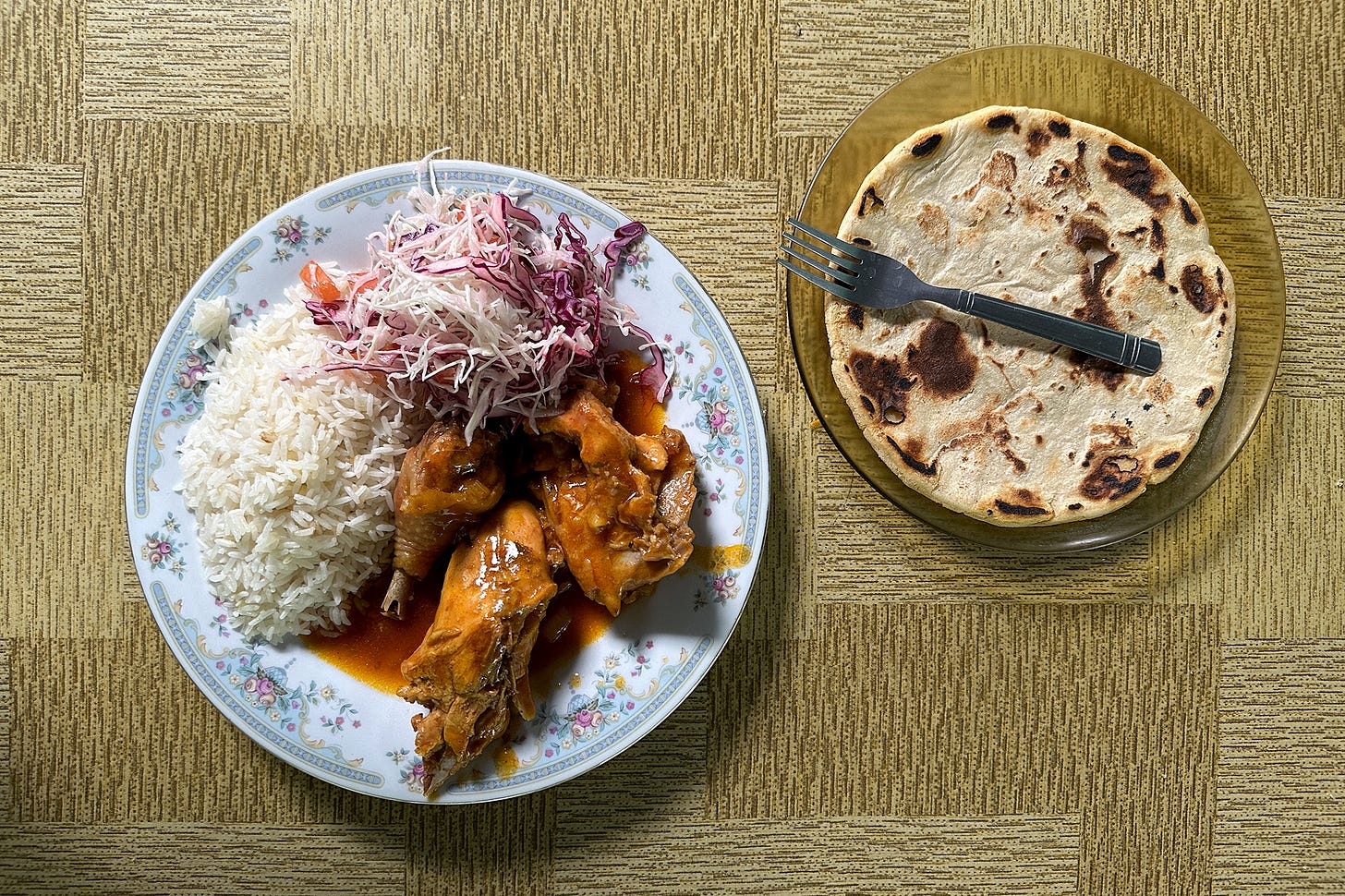If you want to eat well in Costa Rica, you go to a soda. The food is rarely sexy, but it is hearty and healthy. These mostly family-run, open sided restaurants are the most direct reflection of the ingredients that are being grown and caught from the country’s network of small farmers and artisan fishermen. They were originally modeled after the fuente de soda, or American soda fountain, snack bars that arose in the 1940s and 50s, which were places that sold soda and light meals. They arrived in San José in the early 1950s and by the 1970s they started taking on a life of their own as small restaurants serving local foods opened in villages around the country, which were called sodas or soditas.
The definition remains quite vague. Today, there is little technical distinction between a soda and a restaurant in Costa Rica, though technically sodas do not have a liquor licenses and restaurants do. Some sodas are food stalls in urban markets, while others are roadside cafeterias or seafood focused marisquerías in coastal villages. They are generally open for lunch and occasionally breakfast too, but rarely for dinner.
There are many of the same general national dishes at many of them, like gallo pinto, the ubiquitous rice and black bean plate, and things like olla de carne (beef stew), chorreadas (corn pancakes), gallos (tacos) and a mix of picadillos (hashes). Most also have a few regional recipes and beverages on their menu, which can change significantly by the altitude and coast. Some have no menu at all, just a few daily specials.
The casado, like this casado con chuleta (pork chop) from Soda Mayra in Monteverde, is a balanced meal that married men would typically be made at home (in much different times)., hence the name. They are a collection of five or six different preparations, usually some form of rice, beans, plantains, salad, a tortilla and a protein.
As you move throughout the country, the casado changes. It reflects what is available locally and seasonally. Here at Soda Las Parra in the mountains in Santa María de Dota, the protein is trout, as numerous small aquaculture projects are in the area.
A collection of coyoleras, like Coyolera Chepelito y Doña Ana above, near one another in the village of Nambi de Nicoya all serve gallina achiotada, a regional recipe of roasted hen in a sauce made from achiote. Milky white coyol wine, best served cold, is made by fermenting the sap of the coyol palm.
Keep reading with a 7-day free trial
Subscribe to New Worlder to keep reading this post and get 7 days of free access to the full post archives.







